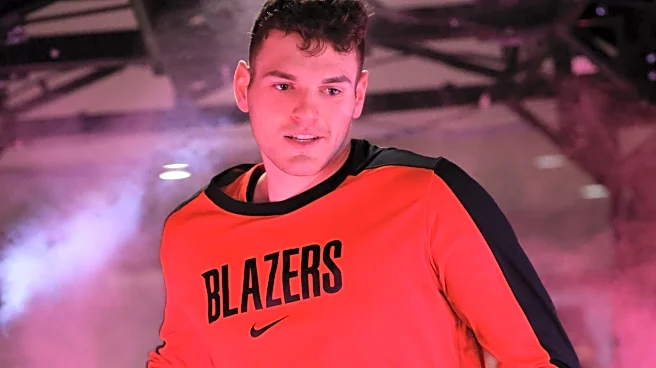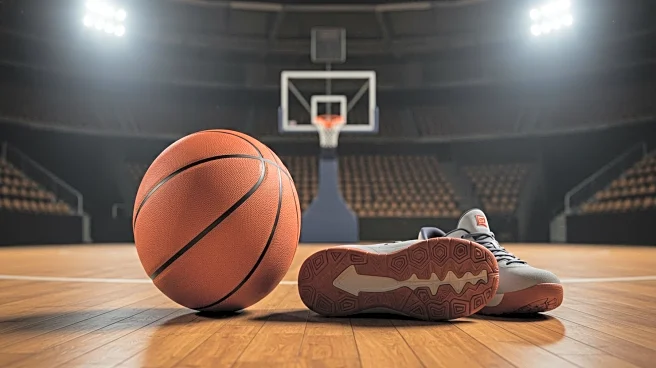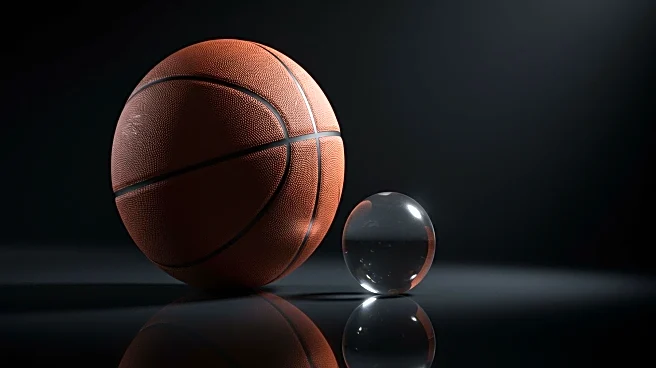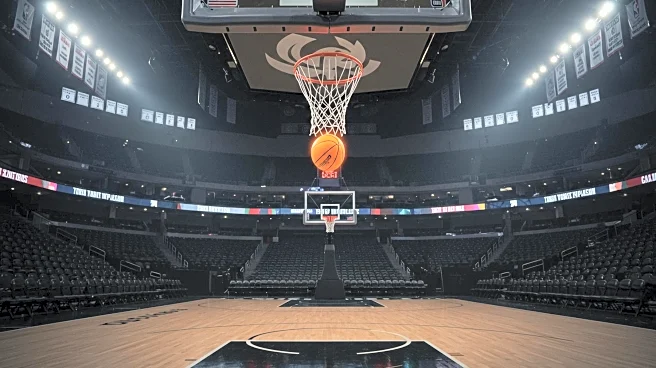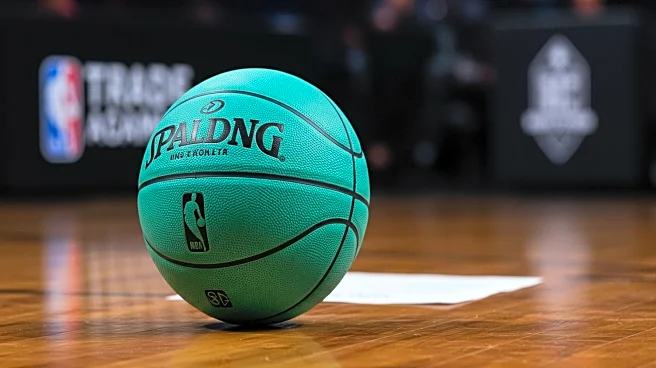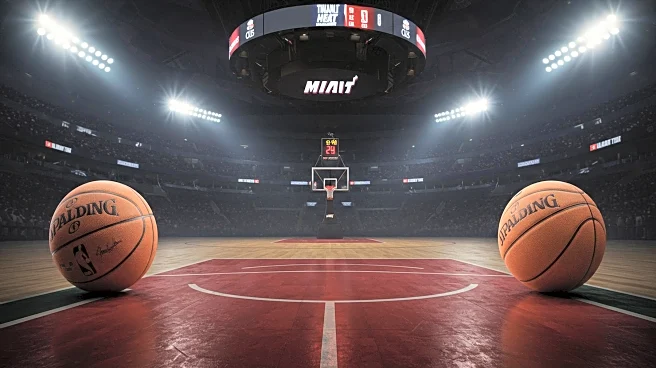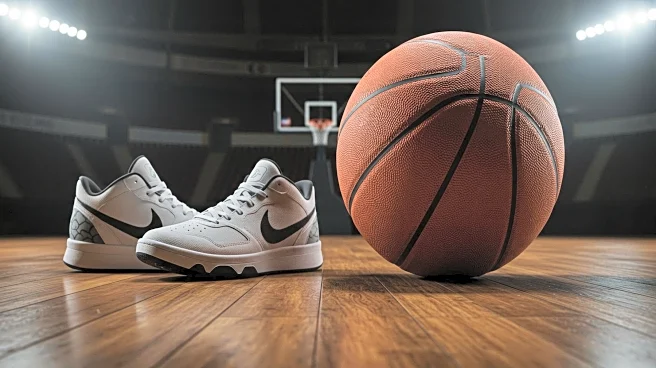
Yang Hansen, the Portland Trail Blazers’ latest draftee, made a huge splash this summer when he was selected 16th overall in the 2025 NBA Draft, following that up with a couple of sterling passing performances in the 2025 NBA Summer League. The ascent of the rookie-to-be in public consciousness has pushed aside Portland’s “other” center, 2024 lottery pick Donovan Clingan.
Today one Blazer’s Edge reader wants to redress that oversight, courtesy of the Blazer’s Edge Mailbag.
Dear Dave,
In your assessment
is Donovan Clingan ready to take over a full time starting role? I liked what I saw of him in the second half of the year. Is there anybody even for him to beat out for the starting position? If you don’t think starting is automatic, what factors will he need to show in order to get there?
Mal
This is a tricky one. Honestly, I think your middle question matters as much as anything. Who’s there to beat out Cling Kong? Robert Williams III is the most likely candidate. Because of his injury history, everybody forgets that he’s only 28 years old, right in the middle of his prime. He brings energy and experience unmatched among Portland centers. But his inability to remain on the floor makes it hard to forecast him filling a regular starting role.
Frankly, even if Williams is operative, there are arguments for favoring Clingan. The two have roughly similar scoring production, rebounds, and blocks per minute and per possession. Neither is going to score outside of three feet (with the admission that Clingan could still evolve his offense). Both are going to shine on the defensive end and vacuum up the boards the Blazers so desperately need. The difference, then, becomes one of mobility versus size. Williams can cover more of the floor defensively. Clingan can intimidate in the middle of the floor and eat space. Depending on Portland’s priorities and the night’s matchup, you can argue that Clingan could start even over a mostly-healthy Williams.
Beyond that, the immediate competition for many of Clingan’s minutes may be no center at all. I could see Portland going with a smaller lineup, converting forwards into de facto centers to remain ultra-mobile on defense while playing interchangeably on offense. Clingan borks both of those plans singlehandedly. He’s best in the lane on defense. His main offensive contribution (besides offensive rebounds) is solid pick-setting.
The problem with going small is rebounding. Clingan obliterated everybody on the roster with 19.3 rebounds per 100 possessions last year. Williams averaged 16.3. The other two players in the Top 4 with them–Deandre Ayton and Jabari Walker–are now gone. Below the Williams Line, rebounding falls off precipitously.
Once upon a time rebounds counted mostly for possessions. They were, and remain, a way to gain your team an extra offensive attempt while denying same to the opponent. If you got a rebound at all, mission accomplished. In the modern game, though, rebounding also impacts another ultra-important factor: time. Teams don’t just value possessions as a static entity. They want quick possessions, generating the most points per minute as practical.
Deni Avdija, Shaedon Sharpe, Scoot Henderson, and Toumani Camara are capable of going to the glass to secure rebounds in the absence of a true center. Doing so sends them in the wrong direction, though. Heading towards the opposing basket and taking time to secure rebounds–which smaller players often do, as the battle for boards gets more intense as size decreases–eats into the ability to run, especially when those same players are the ones who are supposed to be leading the charge. Even if a center is comparatively slow, there’s value in being able to grab the board decisively and outlet quickly, which should be a Clingan specialty.
Into this puzzle steps Hansen, who may possess enough versatility on offense and size on defense to bridge the gap that Clingan and Williams can’t. The big questions about the rookie are, “Can he rebound? Can he defend?” Evidence is sketchy so far. Long term, he’s the one who could dislodge Donovan from that starting perch, but that only happens if he does the Clingan things well and then adds his passing and some shot-making on the scoring end. Odds are he’ll take a season or two to see if it’s possible and to work out his ideal role.
In the meantime, Clingan still exists. To prosper, he’ll need to do the same things we identified at the end of last season: keep his conditioning high enough to play major minutes, stay out of foul trouble (a fairly serious concern), and keep evolving his offensive game. If he does any or all of those things, there’s a good chance you’ll see him starting this year. That doesn’t mean he’s the best solution long-term, but he might be the best the Blazers have for that role right now.
Thanks for the question! You can always send yours to blazersub@gmail.com and we’ll try to answer as many as possible!
